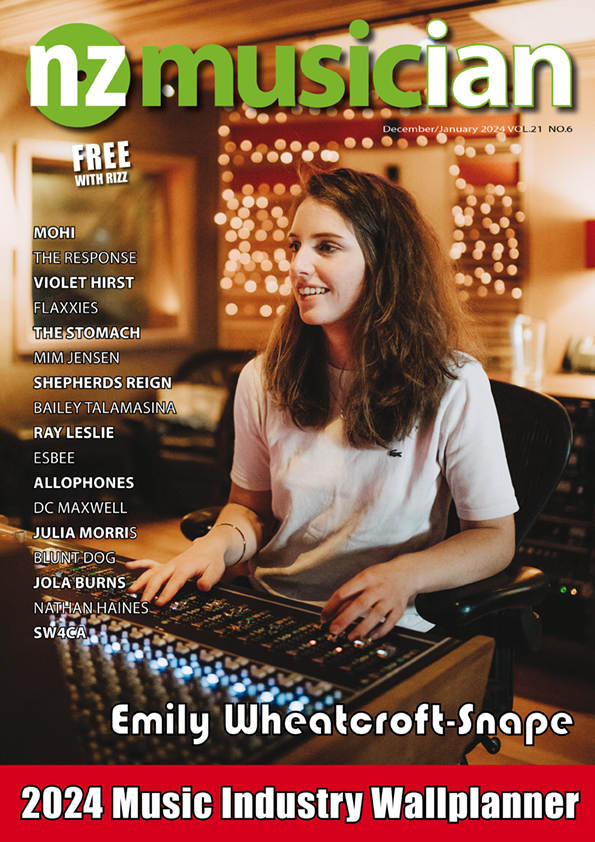Murray McNabb: The Way In Is The Way Out
Murray McNabb: The Way In Is The Way Out
I have to preface this review by stating that I’m a huge fan of Murray McNabb, and I was ecstatic when I heard that Sarang Bang Records were going to release a tribute to his music.
‘The Way In Is The Way Out: The Music of Murray McNabb’ is a sumptuous album presented in several mediums from digital files to limited edition vinyl, curated by McNabb’s friend and collaborator Gianmarco Liguori. Excitingly it features mostly previously unreleased music (all but three tracks are unreleased). Darren McShane of Earwig Studios mastered the album, and as usual his work is excellent. What I’m reviewing is the limited edition two LP set, the cover of which features one of McNabb’s paintings and photos of him. The album avoids traditional liner notes, instead features a short introduction by Liguori, an interview with McNabb from just before his death in 2013, and a wealth of quotes from four different interviews. The first LP features McNabb’s contributions to jazz in both his own and other groups. This disc includes collaborations between 1980s jazz supergroup Space Case with the equally awesome Auckland Neophonic Orchestra (which begs the question – why were these tracks never released? They’re amazing!), and work from the groups Dr Tree, Modern Times, Hard Jazz, McNabb’s trio and sextet from the 1970s and 1990s. The second LP features his more experimental work, primarily on solo piano or keyboards/synthesisers and in the realm of electronic music with only one group track from Salon Kingsadore. It’s fascinating to hear the directions he was exploring that were so different from his commercial work, and in some cases so different from his work in jazz. The music throughout the album is frankly awesome, a tribute not only to McNabb but also to all the great musicians that he worked with. Many of the tracks selected for this tribute album are from the 1970s and 1980s and they sound just as fresh, original, and modern today as they did 30 or 40 years ago when they were composed and recorded. It’s music that has not dated and would easily fit in with the best of current New Zealand jazz. It’s also a historically important album documenting collaborations and recordings that new audiences would otherwise not know existed. This album is an absolute must have for any New Zealand music fan, and an important addition to collections of anyone who is a fan of New Zealand jazz.

